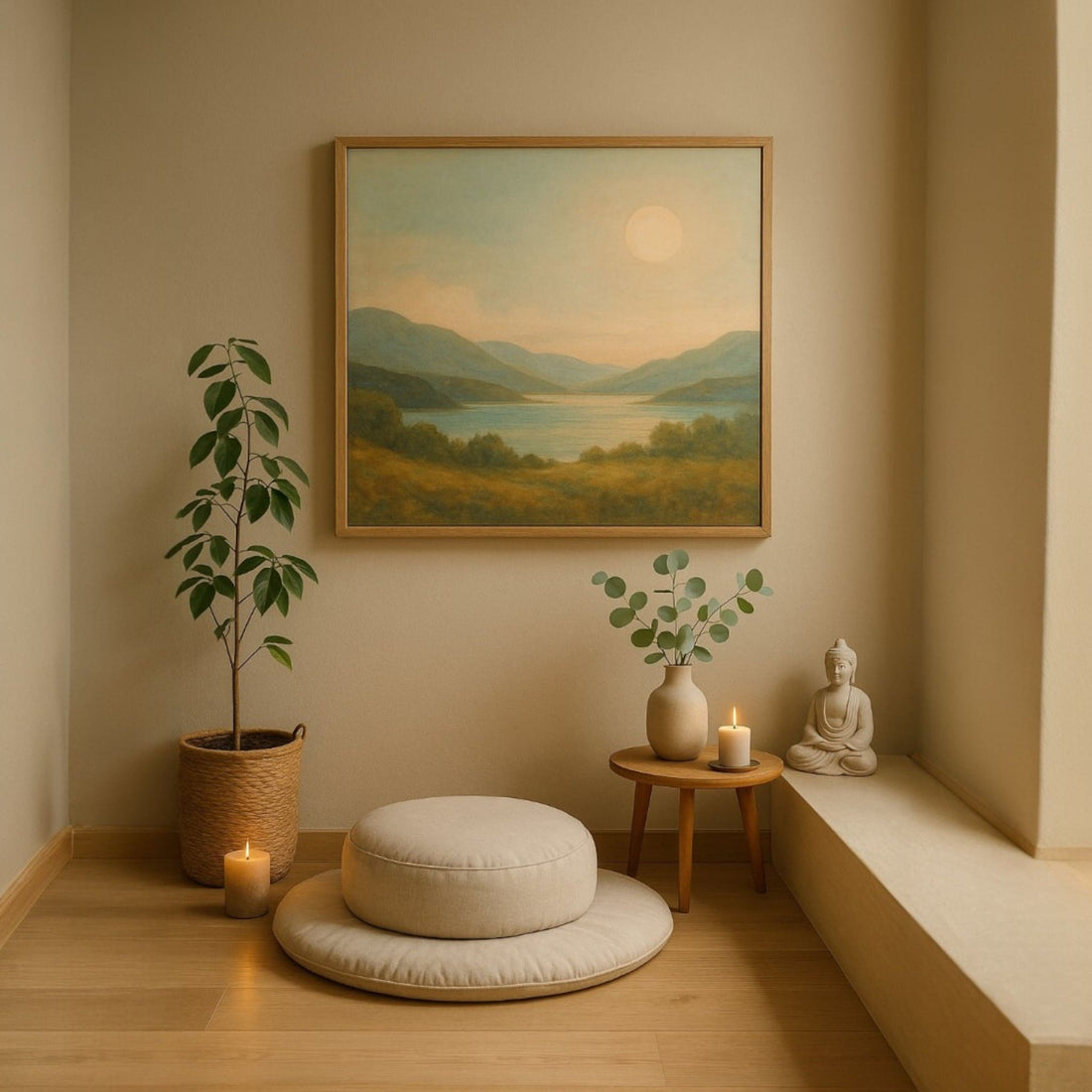
Emotional Wall Art for Healing Spaces – Art That Nurtures Growth
Emotional Wall Art for Healing Spaces – Creating Environments That Heal from Within
🧡 Art has always been a mirror of the soul—but in healing spaces, it becomes something far more intimate: a quiet companion on the journey to recovery, reflection, and self-discovery. Whether it’s in a therapy room, a meditation corner, a hospital ward, or your own bedroom, the walls around us can speak softly to the heart.
Emotional wall art isn’t just decoration. It’s a psychological tool that influences how we feel, think, and heal. In environments dedicated to wellness, the right imagery, colors, and compositions can create an atmosphere where inner peace feels not only possible but inevitable.
In this guide, we’ll explore the science, symbolism, and design strategies behind emotional wall art, so you can transform any wall into a subtle but powerful ally in mental and emotional well-being.
📚 The Psychology of Emotional Wall Art
Research in environmental psychology and art therapy consistently shows that visual surroundings influence mood, stress levels, and even physical health. In fact:
- Soft, flowing shapes can lower heart rate and reduce anxiety.
- Warm, muted tones often evoke safety and comfort.
- Nature imagery can trigger biophilic responses, promoting calm and focus.
In healing spaces, emotional wall art becomes a visual anchor—a point of stability for the mind to return to when it feels adrift. It can help:
- Slow breathing by encouraging visual rest.
- Shift attention away from distress toward calming imagery.
- Provide a sense of continuity during times of uncertainty.
Symbolism and Healing
Symbolism adds a deeper layer to wall art:
- Nature – Growth, renewal, and grounding.
- Abstract calmness – Freedom from constraints, emotional flow.
- Hopeful imagery – Gentle reminders of resilience and recovery.
Even when abstract, the emotional tone of the artwork shapes how people experience the space.
✨ Choosing the Right Emotional Wall Art for Healing Spaces
- Nature-Inspired Works – Landscapes, oceans, forests, or botanical close-ups provide grounding and connection. Research shows that even viewing representations of nature can lower cortisol levels.
- Abstract Soothing Forms – Art with soft lines, organic curves, and harmonious palettes allows the mind to wander without overstimulation—perfect for meditation areas and therapy rooms.
- Uplifting Symbolism – Imagery that conveys hope, movement, or transformation can subtly encourage positive thinking without being intrusive.
- Personal Resonance – A piece that holds personal meaning—a photograph, a commissioned artwork, or something tied to a personal milestone—can make the healing process more intimate and powerful.
🌱 The Role of Color and Composition in Emotional Healing
- Blues and Greens: Reduce stress, evoke tranquility, and mimic calming natural environments.
- Warm Neutrals: Create a sense of safety, intimacy, and grounding.
- Balanced Composition: Symmetry promotes calm; gentle asymmetry can stimulate curiosity and emotional openness.
Placement matters: Art should be at eye level in spaces where people sit or rest. In healing environments, this ensures the artwork remains in both conscious and subconscious visual fields, reinforcing its calming effect.
📌 Real-Life Applications in Healing Environments
- Hospitals: Gentle seascapes or botanical panels in patient rooms improve recovery times by reducing stress.
- Therapy Clinics: Abstract, non-triggering artwork encourages reflection without dictating interpretation.
- Yoga and Meditation Studios: Murals in pastel tones foster immersion and focus.
- Home Healing Spaces: A framed photograph of a meaningful place or a calming painting in a bedroom or reading nook can become a daily mental refuge.
📊 2025 Trends in Emotional Wall Art for Healing
- Biophilic Murals – Large-scale wall designs that bring the outdoors in.
- Textured Art – Raised or tactile elements encourage sensory grounding.
- Light-Responsive Works – Art designed to subtly change appearance under different lighting, mimicking natural cycles.
- Minimalist Serenity – Fewer visual elements to reduce cognitive load in therapeutic settings.
🧠 Scientific Support – Why This Works
- Art therapy studies indicate that exposure to calming visuals reduces symptoms of depression and anxiety.
- Biophilic design research links natural imagery with improved cognitive performance and emotional regulation.
- Color psychology shows specific hues can influence heart rate, mood, and focus.
💬 FAQ
Q1: Does emotional wall art work for everyone?
While preferences vary, calming visual cues tend to benefit most people’s mood and stress levels.
Q2: Can I use bold, bright art in healing spaces?
Yes, if it aligns with the intended energy. Bright colors can be uplifting, but in spaces for rest, they should be balanced.
Q3: Is emotional wall art only for professional wellness spaces?
No—it can be equally powerful in personal settings like bedrooms, home offices, and meditation corners.
🎯 The walls around us shape our inner worlds. By curating emotional wall art for healing spaces, you’re choosing more than an aesthetic—you’re setting the tone for the emotions, memories, and energies that live in your space.
When art supports our healing journey, it stops being background decoration and becomes an active participant in our well-being.
Which wall in your life will you transform into a source of peace and growth?


